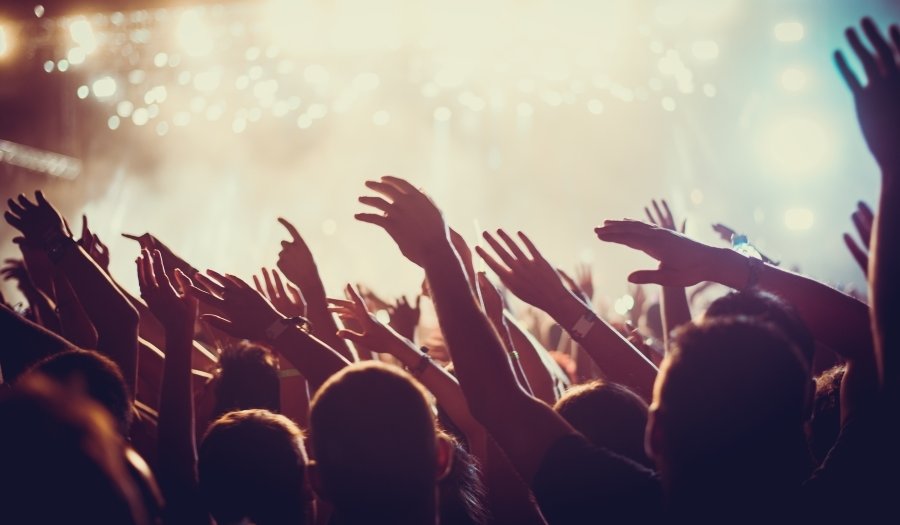What is performance etiquette? A quick guide for professional musicians

When professional musicians perform on stage, they need to think about much more than just playing. Even with hours of practice, a performance could be compromised by untidy presentation or clumsy choreography.
With live music revenue set to exceed pre-pandemic levels by 2024, it’s crucial to home in on your confidence now. There are certain practices that a musician should undertake when performing professionally – combined, they’re known as stage etiquette.
What is etiquette?
In musical performance, stage etiquette is an established way of behaving on stage.
It’s generally unspoken, meaning that musicians should have a general idea of how to hold themselves – with the intention that the performers and audience both enjoy the experience and appreciate the music.
Stage etiquette: What should musicians focus on?
- Dress code
Ideally, you should wear something both smart and comfortable. If you’re a singer or you play a woodwind or brass instrument, avoid wearing anything that could potentially restrict your breathing.
Concert attire might also vary depending on the venue. For example, if you’re performing in a place of worship, it could be more respectful to wear something that covers your shoulders. Garish designs or bright colours could also create distracting contrast on stage.
Overall, musicians should focus on being able to visually represent themselves in a stylish yet suitable way – so the audience can focus on the music, not on individual performers.
- Audience engagement
Audience engagement can be the difference between an impressive and disappointing performance, so it’s important to avoid anything that could obscure your face. If you usually wear glasses, try to opt for contact lenses instead for the performance, allowing your full expression and concentration to emanate.
Style long hair in a neat and tidy manner, away from your face. If you know your music well, you should feel comfortable enough to regularly look up and towards the audience, avoiding burying your head in the score.
- Choreography
Stagecraft is crucial. Unexpected or unplanned choreography might make the performance seem under-rehearsed, and if the audience notice any confused reactions from performers on stage, it could become a little bit awkward too.
Musicians should spend time with accompanists and any other performers to plan and practise walking on and off stage, positioning, and the necessary space between each performer.
- Warming up
Just like in sport, warming up will help you to prepare and relax. As your muscles move, the warm-up process helps to get oxygen flowing, reducing the risk of injury. Warming up helps you to focus, get ‘in the zone’ and feel ready to perform.
Any musician will benefit from warming up thoroughly, but the process is absolutely imperative for singers. Firstly, you’ll be able to find your vocal balance more efficiently through warming up than through singing. With the right balance, you’ll be able to perform at your full potential.
- Enjoying yourself
Lastly, try to have fun! Performers and bands who carry their enthusiasm and energy from the stage to the audience have more fun – and are more likely to inspire the crowd too.
Even though the effects of the pandemic reduced live music revenues by 90% in 2020, the industry’s recovery relies on the continued success and popularity of live performances.
